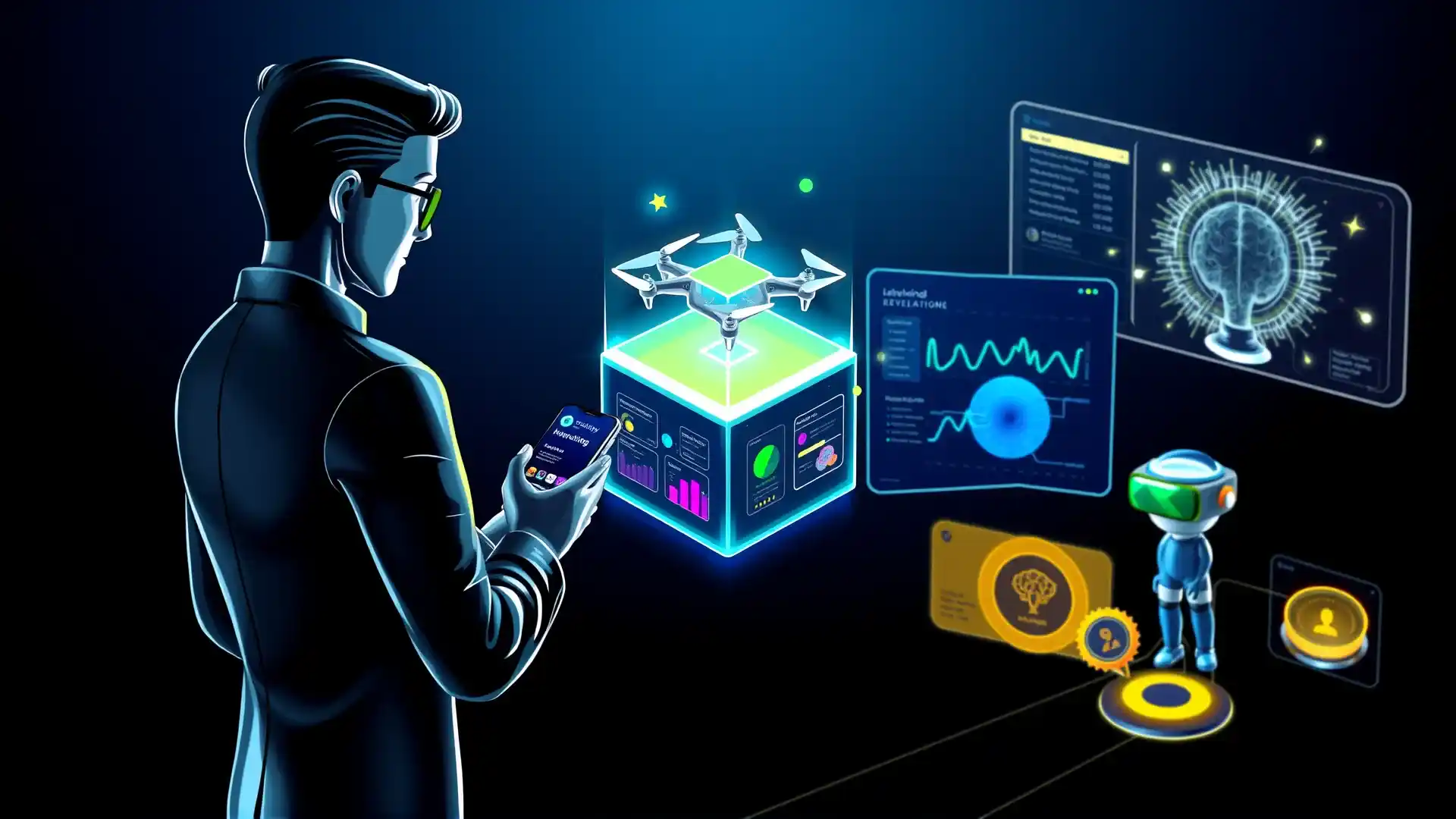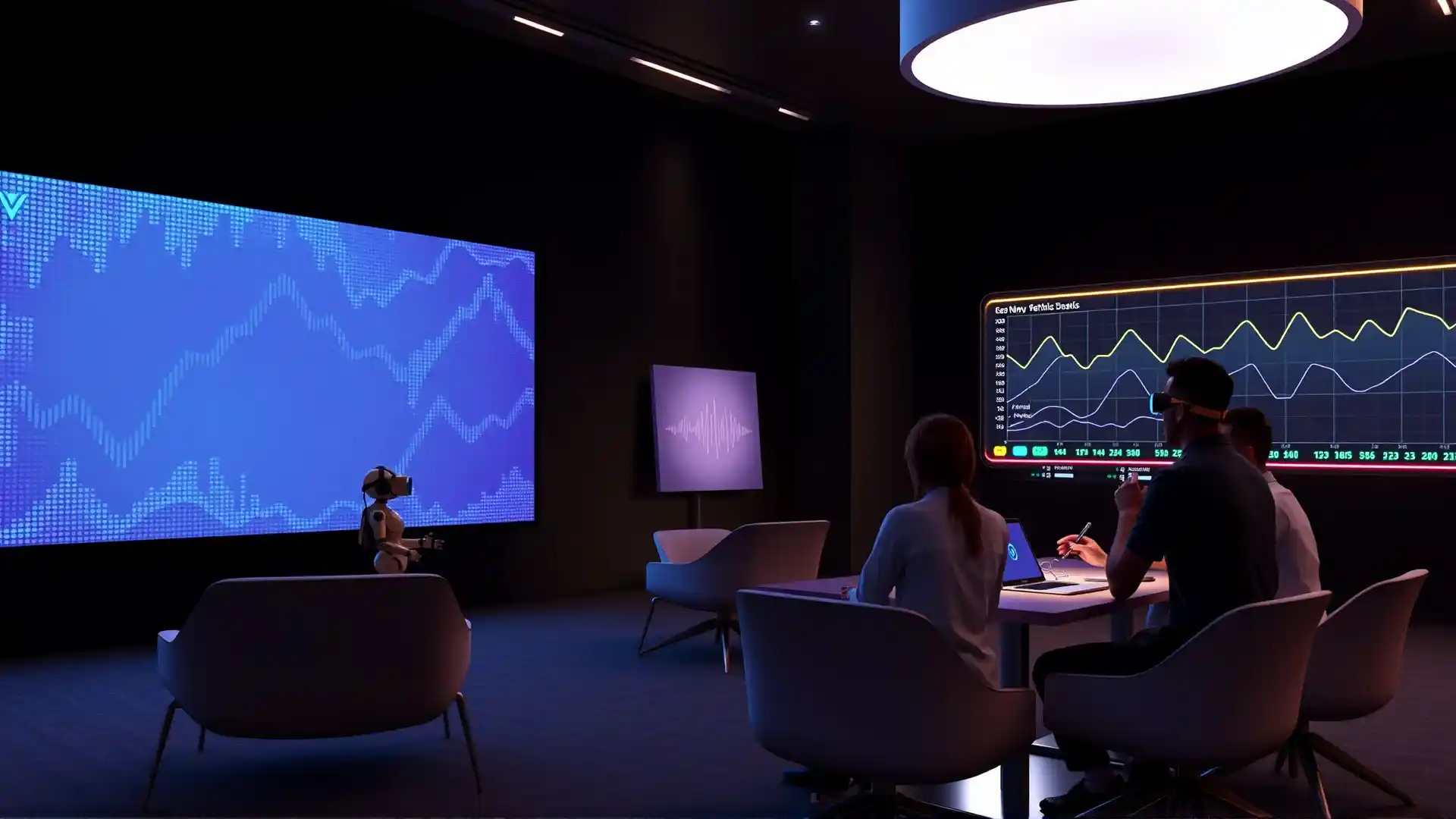Table of Contents
Microlearning refers to the concept of education delivered in very small, bite-sized pieces of content to the learners. Short focused learning units designed to be read or learned through a short duration of time of anywhere between several seconds and nearly 10 minutes are included under this term.
Streamlined learning aims to make things more palatable and convenient for learners, in this fast-moving world, especially where time for and the focus for lengthy training sessions might be scarce.
Microlearning Supports Different Learning Styles
- Visual learners: These are learners who absorb information through images, videos, and other visual aids.
- Auditory learners: People who prefer listening to others learn best from audio-based materials, such as podcasts or voice tutorials.
- Kinesthetic learners: Prefer hands-on or interactive forms of learning by using simulations and exciting exercises.
Microlearning vs Traditional Learning
- Time Commitment Comparison: The amount of time invested in a traditional course (e.g., long lectures or classes) compared with the much smaller blocks of microlearning sessions.
- Engagement and Retention Rates: Discusses research showing that microlearning improves learner retention more than traditional methods.
- Cost and Resource Efficiency: This explores the possibility of how, by comparison with models of education or training, microlearning may be more cost-effective in both content development and delivery.
Microlearning for Different Audiences
- Corporate Training: It talks about how rapid learning can be used in the workplace to train employees in short, focused bursts that may be more effective than long training sessions.
- Students and Teachers: It focuses on the application of rapid learning in traditional education settings, including K-12 and higher education.
- Self-Directed Learners: Explores how people might use rapid learning to acquire new skills on their own, independent of formal educational structures.

Core Principles of Microlearning
- Short, Focused Content: Microlearning is concise and laser-focused on a topic. It breaks long training sessions into short, focused content to be delivered on a topic or skill to facilitate learning by the employee.
- On-Demand Accessibility: Rapid learning is very accessible at a point of need, where employees can access contents at any particular time and wherever they want to by using mobile applications. This assures that learning indeed occurs in a real-time frame and becomes integrated into the person’s daily habit.
- Reinforcement and Spaced Learning: Rapid learning does encourage the revision and repetition process of key concept mastery frequently with better retention rates over time. Spaced learning utilizes intervals within lessons to fortify concepts over long periods such that mastery prevails.
Key Strategies for Implementation
- Identify Skill Gaps and Learning Needs: HR leaders should use performance data, employee feedback, and skill assessments to identify specific gaps in knowledge or skills. This will ensure that microlearning content is tailored to address immediate needs and challenges within the organization.
- Leverage Technology for Delivery: Streamlined learning works best when provided through the use of new technologies, including mobile apps, LMS, intranet platforms, or online platforms. Such tools ensure efficient content delivery and monitoring of employees’ progress in learning, which makes the process more engaging and individualized.
- Blend Microlearning with Other Training Methods: Even though streamlined learning has its merits, it should always supplement other kinds of training methods. It could be integrated into classroom sessions, workshops, or mentoring to enhance a holistic ecosystem for employee learning.
- Create Interactive and Engaging Content: Microlearning content must therefore include interactive items such as quizzes, videos, simulations, or even gamification (Incorporating elements like badges, levels, social interaction, and competitiveness to make learning fun). These allow for greater interactivity and better entertainment value, improving retention.
Best Practices for HR Leaders
- Create a Continuous Learning Culture: HR leaders should create a culture that makes learning an integral, constant part of the daily work routine. It would mean making streamlined learning a daily process, rather than a one-time event, thereby making it a habitual practice among employees.
- Personalize Learning Journeys: To fully maximize its potential, content will be personalized to align with various employee roles and competencies. This ensures more relevance through increased motivation and better engagement, as it provides relevant learning at varying levels to accommodate different proficiency levels.
- Track and Measure Success: Robust tracking and analytics are also required to measure the effectiveness of microlearning programs. This means tracking completion rates, test scores, and employee feedback to measure the outcomes of learning and refine the approach continuously. Employee monitoring software can support this process by offering insights into learning behaviors, engagement patterns, and productivity shifts following training.
Microlearning Examples
- Video-Based Learning – Short Video Tutorials, Explainer Videos
- Text-Based Learning – Short Articles or Blog Posts, Infographics, Flashcards, Quick Reference Guides
- Interactive Learning – Interactive Quizzes, Interactive Simulations, Gamification, Knowledge Checkpoints
- Audio-Based Learning – Podcasts or Audio Clips, Voice-based Reminders
- Notifications & Reminders – Text Message Reminders, Push Notifications with Learning Tips
- Assignments & Mobile Learning – Micro-Assignments, Gamified Challenges, Daily Learning Snippets, App-Based Learning Modules

Future of Microlearning
- Technological Advancements: With further advancements in AI, Virtual Reality (VR), and Augmented Reality (AR) technologies, rapid learning can become more engaging and adaptive
- Lifelong Learning: The rising need for lifelong learning due to rapid technological change will lead to an increased dependency on rapid learning for skill building and professional development.
- AI and Adaptive Learning Systems: With the advent of artificial intelligence, microlearning can be even more personalized. AI-driven systems can analyze an employee’s learning progress and suggest relevant content or adapt learning paths based on real-time performance, enhancing the overall learning experience.
- Social Learning and Collaboration: The future of small-scale learning also entails incorporating social learning elements, which include peer feedback, group discussions, and collaborative projects. These are activities that can create an engagement and afford opportunities for people to learn from one another; thus, it is more dynamic and community-based.
- Integration with Performance Management Systems: Performance management tools will likely embed small-scale learning progressively, allowing the HR function to tie training to related performance metrics and see how learning links up with enhancements in employee productivity, skills, or career progression.
Conclusion
Indeed, successful microlearning program implementation and scaling is greatly driven by the activities of HR leaders. Continuous support and improvement of these initiatives, a culture of learning, and embracing technology by HR can enable employees to grow their skills and thereby enhance overall organizational performance.